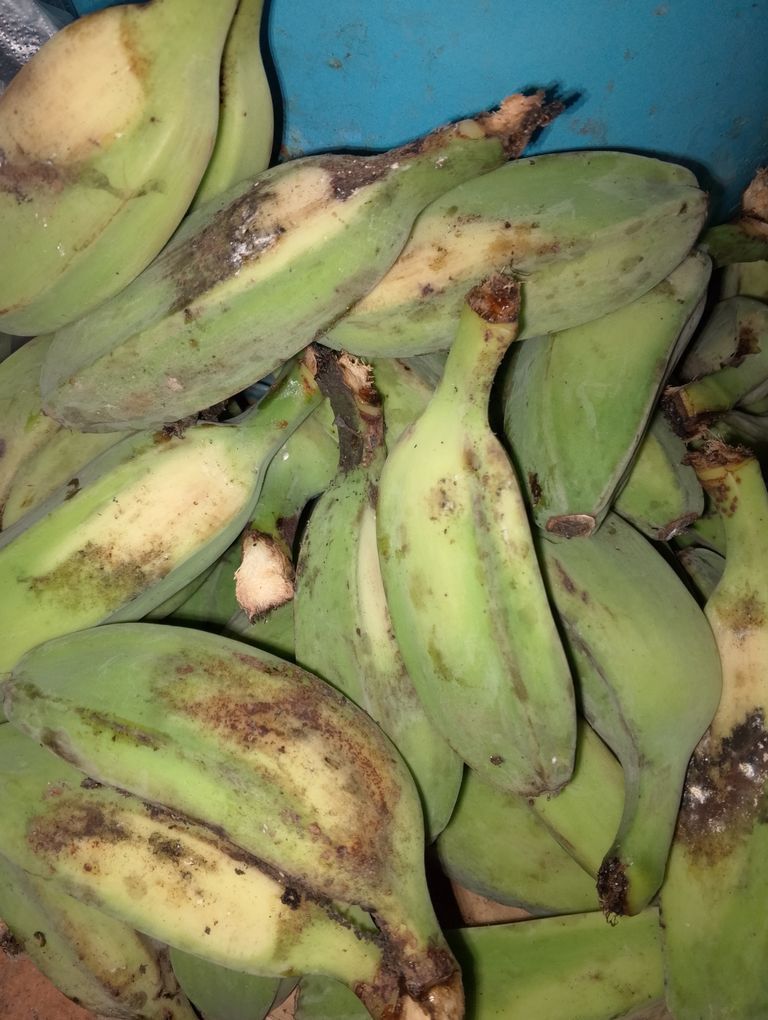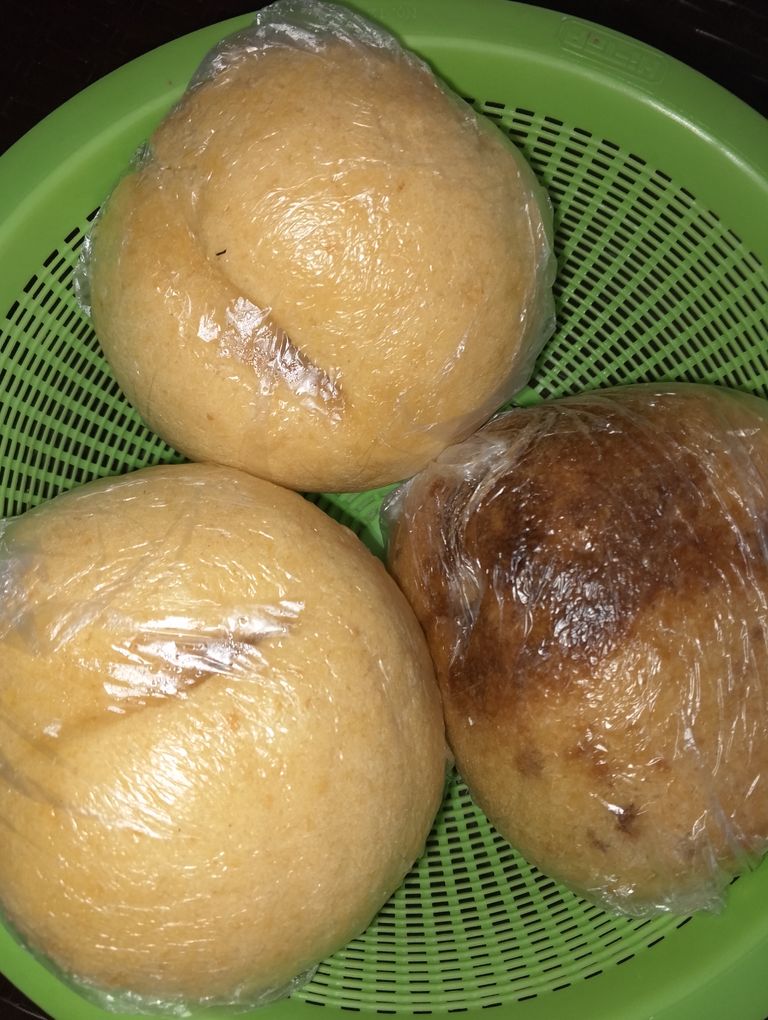Fresh from our province

Saba bananas grow best in well-drained, fertile soils with full sun exposure. They inherit most of the characteristics of Musa balbisiana, making them tolerant of dry soil and colder conditions of temperate climates. They require minimum rainfall and can survive long dry seasons as long as adequate irrigation is provided.
The Saba fruit is native to the Philippines and is the most common cooking banana cultivar grown in the region. It is beginning to be grown in more and more parts of the world. It is viewed as a valuable source of food, since it grows year-round.
What Is Saba Fruit?
Saba fruit is also known as saba banana, sweet plantain, or saba senegalensis. It grows in bunches at the top of a banana palm. Saba fruit are shorter and thicker than the common banana. Saba bananas often appear green in color and grow to a deeper yellow. They have a thick skin with white, starchy and firm flesh. Saba fruit has a rich flavor profile with a sweet taste.
Nutritional Value of Saba Fruit
Saba fruit has high levels of nutrients, making it a good choice for consumption. Saba fruit is rich in starch, with similar carbohydrate content to a potato. It is also an excellent source of vitamins A, B, and C and contains dietary fiber and iron. Saba fruit has its highest nutritional value when consumed raw.

•Puto Balanghoy is made of grated cassava roots or also known as yuca or arrow roots in other countries. It is cooked with grated coconut and brown sugar.
*What is Puto Balanghoy made of?
There are several versions of this provincial delicacy but the basic procedures include combining grated cassava (water squeezed dry) with brown sugar and grated coconut. The mixture is placed in a mould or coconut shell and covered with banana leaves and steamed for 20 to 30 minutes until it is cooked.
Puto balanghoy is enjoyed with sikwate (hot chocolate made of cacao beans) or coffee.
Puto balanghoy is often topped with caramelized brown sugar. A modern version combines coconut cream and condensed milk in a sauce pan and cooked over medium heat before its poured on top of the cooked puto and sprinkled with desiccated coconut.
A decadent topping is the bukhayo or coconut meat strips simmered in brown or muscovado sugar.
*Have A Wonderful Thursday To All Of Us!🤗😍
THANK YOU FOR ALWAYS SUPPORTING MY BLOGS!💖🥰
Congratulations, your post has been upvoted by @dsc-r2cornell, which is the curating account for @R2cornell's Discord Community.
Enhorabuena, su "post" ha sido "up-voted" por @dsc-r2cornell, que es la "cuenta curating" de la Comunidad de la Discordia de @R2cornell.
Telegram and Whatsapp